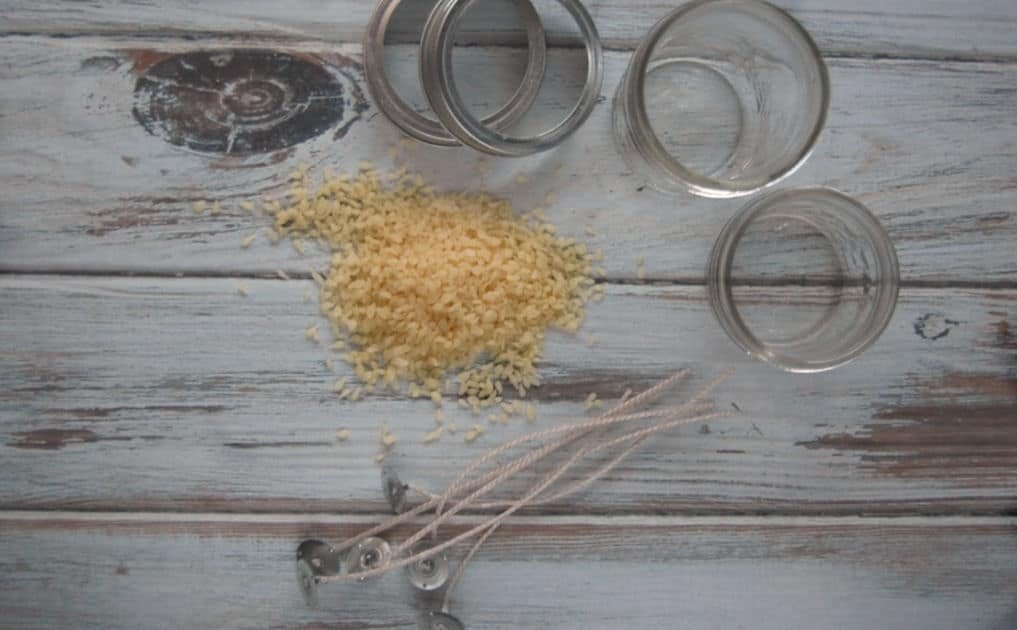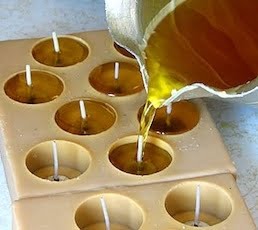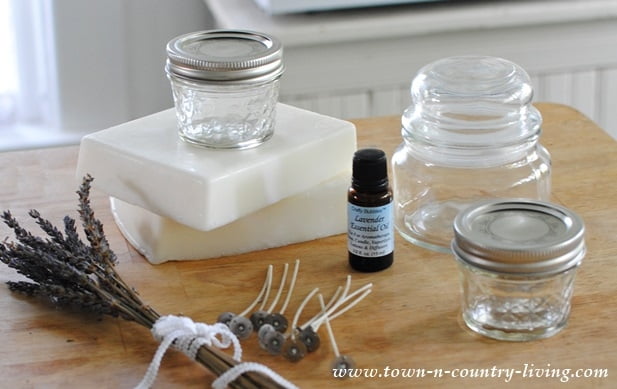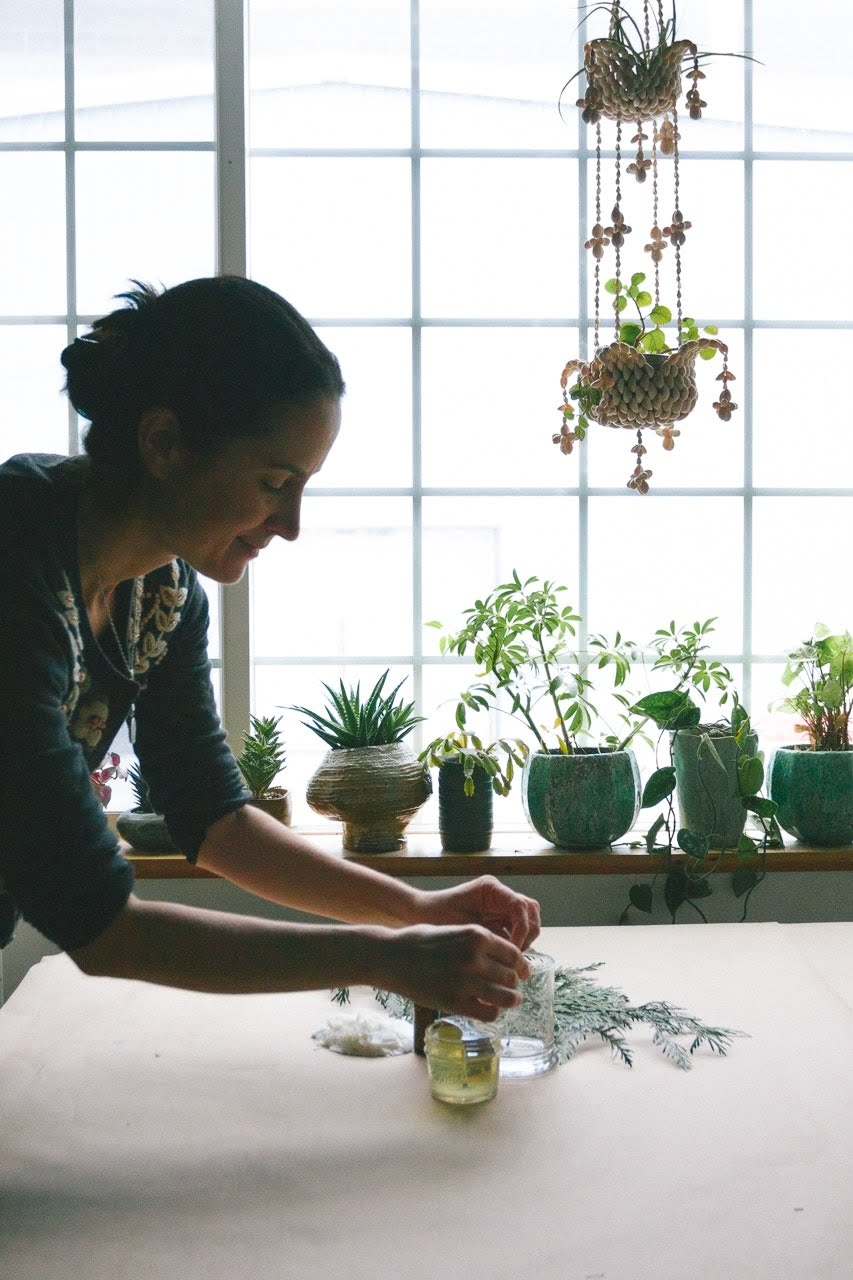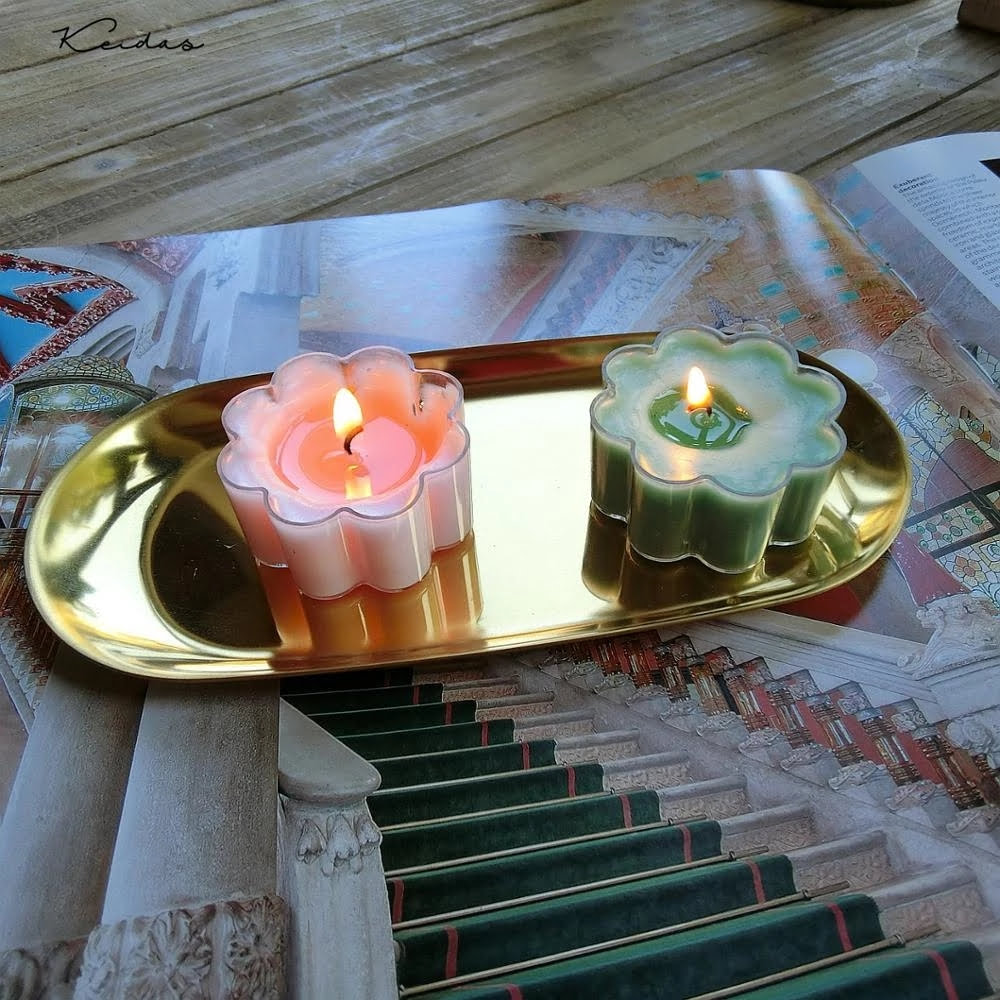Introduction
When it comes to candle making, the scent is an important part of creating a successful finished product. The right mix of scents can create the perfect ambience in any room. Depending on what you’re looking for”citrus, floral, sweet, herbal, woodsy, and even savory”there are a variety of scents available for use in candle making.
Citrus scents often come from essential oils made from fruits and some herbs such as tangerine, lemon, orange, and lime. These types of scents are perfect for providing an uplifting and energizing atmosphere. Floral scents are often derived from fresh or dried flower petals including lavender and rosemary. Sweet scents like cinnamon and caramel evoke feelings of nostalgia while herbal aromas like chamomile can provide a calming effect through the natural properties of these plants.
Woody scents such as pine or cedar will add a rustic warmth to any environment while earthy tones like patchouli give off a grounding sensation that can center any individual or occasion. For those looking to mix things up a bit more there are typically exotic flavors for adventure seekers such as tobacco or leather that provide an exciting twist on traditional aromas. Finally savory options like pumpkin pecan or sea salt bring to mind seasonal culinary delights with just one whiff!
No matter what your preference might be, there’s sure to be a scent combination out there just for you when it comes time to start crafting with candles!
Benefits of Using Natural vs. Synthetic Scents
Choosing to use a natural scent for candle making versus a synthetic one carries certain benefits. Natural scents are derived from essential oils which are created by distilling or otherwise extracting plant or animal materials such as flowers, herbs, spices, and fruits. Synthetic scents can be artificially created in a lab.
The environmental impacts of using natural versus synthetic scents in candle making can vary widely depending on the origin of the scent and the manufacturing process involved. When it comes to sustainability, natural scents generally have lower environmental footprints since they are renewable resources that are not made of plastic or other non-biodegradable items like most artificial fragrances and dyes. Additionally, many natural ingredients used in candle making also help to replenish land fertility due to their nutrient-rich properties. On the other hand, synthetic scents require more energy to create and may create air pollution from their production processes.
When it comes to health implications, there is strong evidence that using natural essential oils in candle making can improve moods, reduce stress levels and improve mental clarity due to their aromatherapy elements. However, artificial fragrances used in some candles can release potentially harmful chemicals called volatile organic compounds (VOCs) into the air which may be irritating when inhaled directly over long periods of time or synthetics found in many candles may trigger allergies, asthma or respiratory problems for some people. Therefore if one has a sensitivity to smells using candles with strictly natural ingredients is recommended.
Popular Scents for Candles
Aromatherapy scents: Essential oils like lavender, jasmine and peppermint create a calming and soothing atmosphere. These smells are warming and evocative of relaxation, making them perfect for unwinding after a long day. The downside is that some essential oils can be overpowering, so use cautiously when layering with other scents to create a pleasant aroma.
Floral scents: Aromatic flowers are always a great choice for adding delicate and beautiful notes to your candle’s aroma. Rose, ylang-ylang, tuberose and honeysuckle all give off sweet perfumes reminiscent of nature. However, too much floral scent can be overpowering, so make sure to find the right balance before choosing this type of scent.
Fruity and Citrus Scents: Brightening up any room with citrus and fruit fragrances can be an uplifting experience. From orange to lemon to pineapple, there is no end to the variety of tangy notes you can explore. On the other hand, keep in mind that fruit scents do tend to dissipate rather quickly compared to other options when burning; use more generously if you want them to linger for longer periods of time!
Spicy scents: Spicy aromas often evoke warm feelings of being home or feeling comforted. Cinnamon, nutmeg, clove or ginger make wonderful ingredients in your favourite candles! But note that spicier smells can also become overwhelming quickly – using sparingly as an accent will help get the most out of this type of scent without overloading your nose’s olfactory system!
Combining Scents
When it comes to creating unique and desirable candles, many candle makers look to combining different scent notes to achieve the perfect scent profile. This requires experimenting with different types of scents and understanding how they blend together to create a desired effect. A combination of floral, citrus and herbal aromas can be used to make a delightful combination, whilst woody and musky notes offer a warm and comforting fragrance. Candles that combine fresh aromas like peppermint or eucalyptus with more traditional scents such as lavender, cedarwood and sandalwood provide a balance between revitalizing and calming scents. Sweeter aroma combinations consisting of vanilla, coconut and cinnamon create a warming ambiance that can take you away into a relaxed atmosphere. The possibilities for creative scent combinations are endless when it comes to candle making ” it only takes some experimentation of different notes and essential oils to find the perfect recipe for your candle making project!
Properly Using Candle Scents
Scent is one of the most important and enjoyable elements in candle making. If used correctly, adding one or multiple scents to your homemade candles can enhance their beauty and burn experience.
However, if the scent is not used properly, it can create a negative experience for the end user. Here are some tips on how to use scent in candle making:
• How much scent should I use? The amount of fragrance you use will depend on how strong of a scent you want your candles to give off. In general, start with smaller amounts as it’s easier to add more than it is to take away. Generally speaking, a good range is between 1-2% of the total weight of your wax.
• Layering scents: Another great technique for creating unique fragrances within your candles is layering different scents together. This way, you can develop complex and harmonizing scents that won’t overpower each other when combined. Make sure you allow each layer of wax to set before adding another layer so that the scent isn’t muddled.
• Avoiding Overheating: If a fragrance oil reaches temperatures above its flashpoint (the temperature where the oil begins to evaporate), it could cause discoloration in both the wax and finished product due to accelerated evaporation rates or thermal cracking of certain ingredients found in some oils. To prevent this from happening, don’t pour your wax too hot and make sure any additives like dye chips have cooled down significantly before mixing them into the wax melt pool.
By following these tips, you’ll be able to safely add fragrances to any candle you make!
Resources and Tips
When making scented candles, it is important to choose the right scent. There are a variety of scents to choose from and selecting the right one can make or break your candle making project. Some popular scent families for candles include fruit, floral, citrus, spicy, earthy and herbal. Different combinations of these families can be used to create unique and interesting scents. Popular individual scents include lavender, vanilla, cinnamon, orange, lemon and rose. Experimenting with combination scents such as chocolate mint or chamomile apple is also a great way to create something original as well as pleasing to the nose!
For additional information on good scents for candle making it is best to consult candle making experts or industry websites for further advice. These sites will often provide helpful information on fragrance pairing suggestions as well as describe what type of wax might work best with specific fragrances. Additionally there are some pro tips from experienced candle makers that should be kept in mind when crafting your concoction such as using natural essential oils rather than synthetic fragrances whenever possible and understanding how strong certain scent families can be so you don’t overpower your creation! If you’d like more hands-on experience in experimenting with different scents for a successful candle making project consider attending a workshop or visiting an instructor led course in-person or online!
Conclusion
When making a candle, scent is a major consideration. There are many enjoyable scents to choose from for candles, including floral, citrus, earthy, musky and spicy fragrances. Depending on the desired atmosphere or desired mood of the person making the candle, one or several essential oils or fragrant wax blends can be added to achieve the desired fragrance. People should pay attention to their flavor preferences as well as their purpose for making the candle when choosing specific aromas. As each scent will affect how individuals think and engage with your environment differently, it’s important to experiment before committing to a scent. Before selecting a scent for your candle-making venture, consider what makes you feel inspired and determine how certain smells make you feel emotionally in order to find something that works for you. By taking some time and evaluating options carefully, anyone involved in candle-making can create something special by choosing just the right scent for their project.

Welcome to my candle making blog! In this blog, I will be sharing my tips and tricks for making candles. I will also be sharing some of my favorite recipes.

